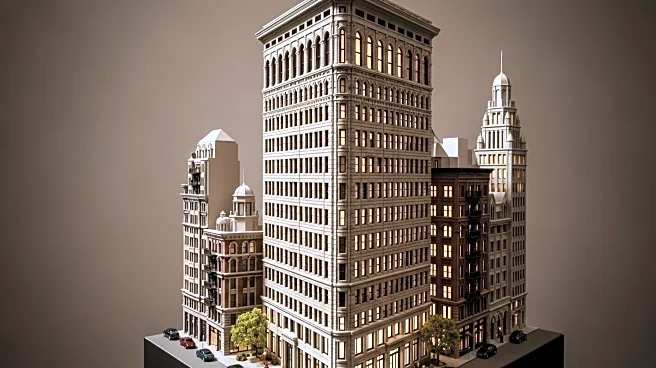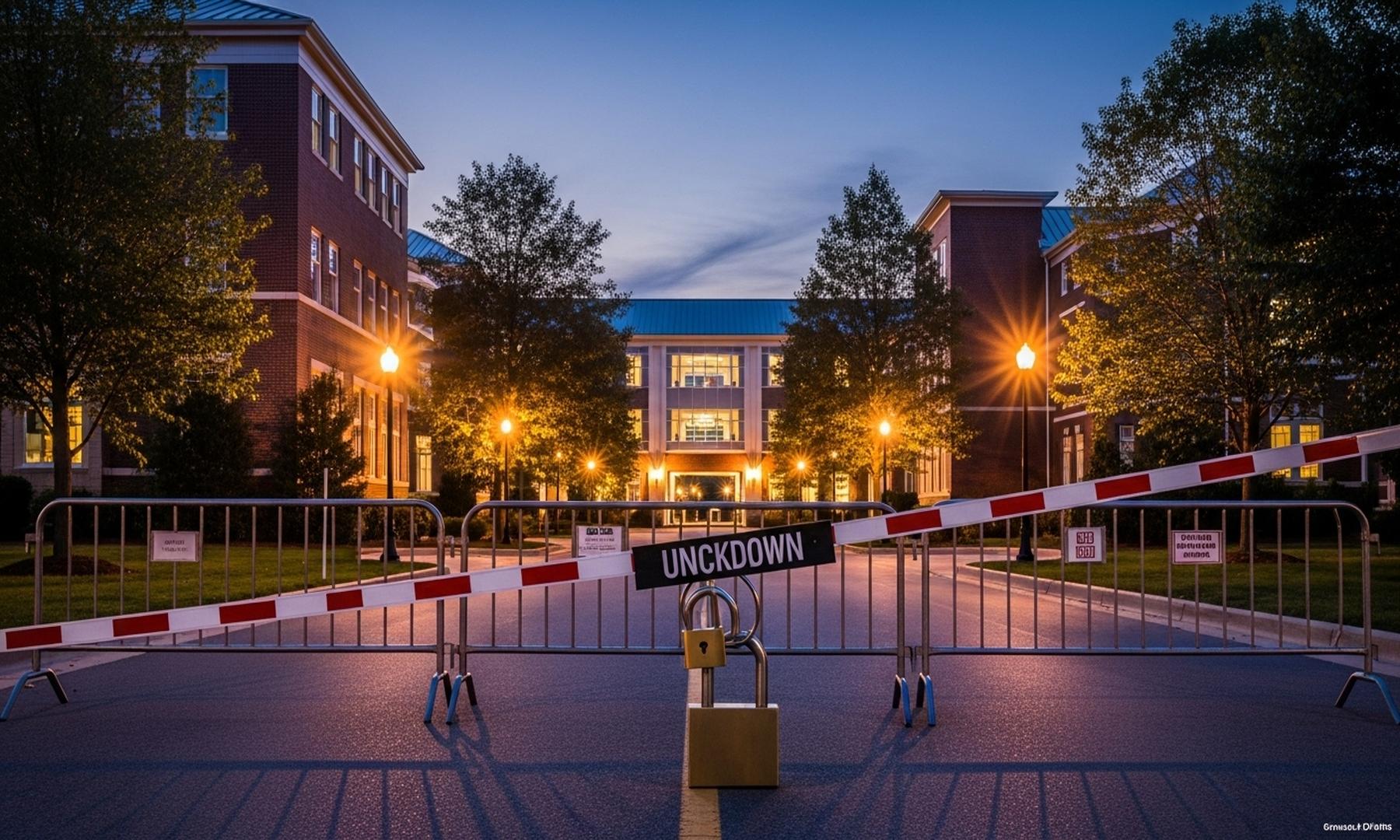What is the story about?
What's Happening?
The iconic Flatiron Building in New York City is undergoing a significant transformation from a commercial property to luxury condominiums. The Brodsky Organization and the Sorgente Group, in collaboration with SLCE Architects, are spearheading this redevelopment. The project involves a comprehensive renovation, including the replacement of over 1,000 windows and restoration of terra-cotta fixtures. The New York State Attorney General's office has approved the offering plan, which details the pricing and layout of the new residences. The building will feature 38 luxury units, with prices starting at $10,950,000 for a three-bedroom apartment. The most expensive unit is a five-bedroom listed at $50 million. The building will also be illuminated at night for the first time, with an LED lighting scheme approved by the Landmarks Preservation Commission.
Why It's Important?
This transformation of the Flatiron Building marks a significant shift in its historical use, reflecting broader trends in urban real estate where iconic structures are repurposed for luxury living. The redevelopment is poised to attract affluent buyers, potentially boosting the local real estate market and setting a precedent for similar projects. The high price points underscore the demand for luxury housing in prime locations, which could influence property values in the surrounding area. Additionally, the project highlights the challenges and opportunities in preserving historical architecture while adapting it for modern use.
What's Next?
As the project progresses, the focus will likely shift to marketing and sales, led by Corcoran Sunshine Marketing Group. The luxury market's response to these high-priced units will be closely watched, as it could impact future developments in the area. The completion of the renovation and the building's reopening will also be significant milestones, potentially drawing attention from both potential buyers and architectural enthusiasts. The integration of modern amenities within a historic structure may serve as a model for future urban redevelopment projects.
AI Generated Content
Do you find this article useful?
















